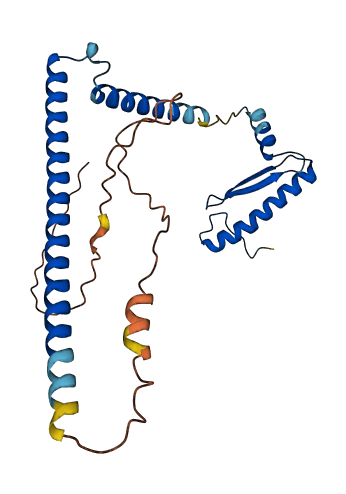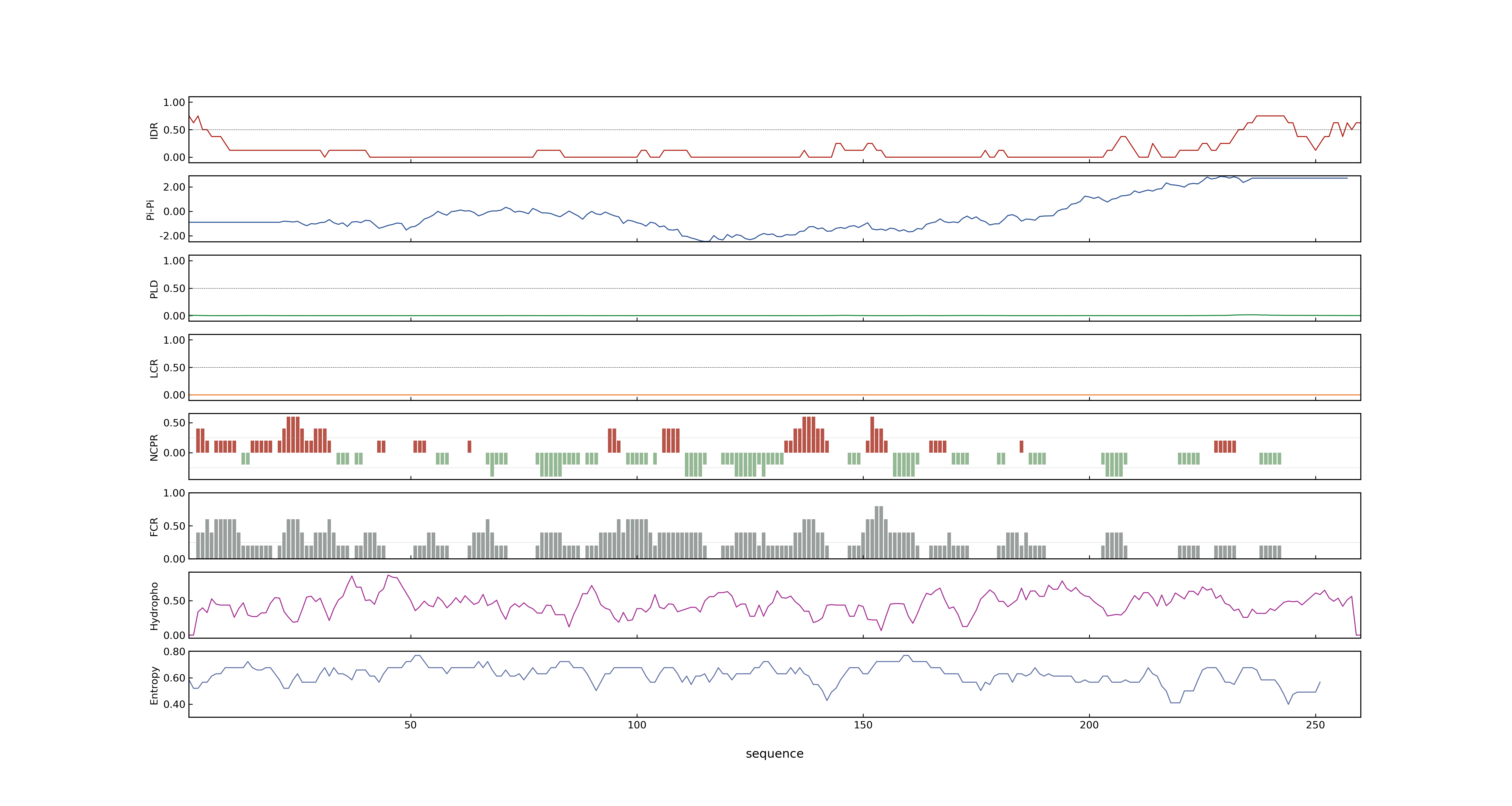- Information
- Symbol: OsMADS29
- MSU: LOC_Os02g07430
- RAPdb: Os02g0170300
- PSP score
- LOC_Os02g07430.1: 0.1713
- PLAAC score
- LOC_Os02g07430.1: 0
- pLDDT score
- 74.77
- Protein Structure from AlphaFold and UniProt
- MolPhase score
- LOC_Os02g07430.1: 0.50643682
- MolPhase Result
- Publication
- Functional delineation of rice MADS29 reveals its role in embryo and endosperm development by affecting hormone homeostasis, 2013, J Exp Bot.
- The MADS29 transcription factor regulates the degradation of the nucellus and the nucellar projection during rice seed development, 2012, Plant Cell.
- Live and let die - the Bsister MADS-box gene OsMADS29 controls the degeneration of cells in maternal tissues during seed development of rice Oryza sativa, 2012, PLoS One.
- Post-translational regulation of rice MADS29 function: homodimerization or binary interactions with other seed-expressed MADS proteins modulate its translocation into the nucleus., 2014, J Exp Bot.
- Genbank accession number
- Key message
- Ectopic expression of MADS29 resulted in a severely dwarfed phenotype, exhibiting elevated levels of cytokinin, thereby suggesting that cytokinin biosynthesis pathway could be one of the major targets of OsMADS29
- Our analyses show that OsMADS29 is expressed in female reproductive organs including the ovule, ovule vasculature, and the whole seed except for the outer layer cells of the pericarp
- Overexpression of OsMADS29 in heterologous BY2 cells was found to mimic the effects of exogenous application of cytokinins that causes differentiation of proplastids to starch-containing amyloplasts and activation of genes involved in the starch biosynthesis pathway
- Our results suggest that OsMADS29 has important functions in seed development of rice by regulating cell degeneration of maternal tissues
- Live and let die - the B(sister) MADS-box gene OsMADS29 controls the degeneration of cells in maternal tissues during seed development of rice (Oryza sativa)
- Knock-down of OsMADS29 by double-stranded RNA-mediated interference (RNAi) results in shriveled and/or aborted seeds
- However, analyses involving OsMADS29 protein expression domains and characterization of OsMADS29 gain-of-function and knockdown phenotypes revealed novel aspects of its function in maintaining hormone homeostasis, which may have a role in the development of embryo and plastid differentiation and starch filling in endosperm cells
- OsMADS29 is a seed-specific MADS-box transcription factor that affects embryo development and grain filling by maintaining hormone homeostasis and degradation of cells in the nucellus and nucellar projection
- Although it has a bipartite nuclear localization signal (NLS) sequence, the transiently expressed OsMADS29 monomer does not localize specifically in the nucleus
- Dimerization of the monomers alters the intracellular localization fate of the resulting OsMADS29 homodimer, which then translocates into the nucleus
- Connection
Prev Next

